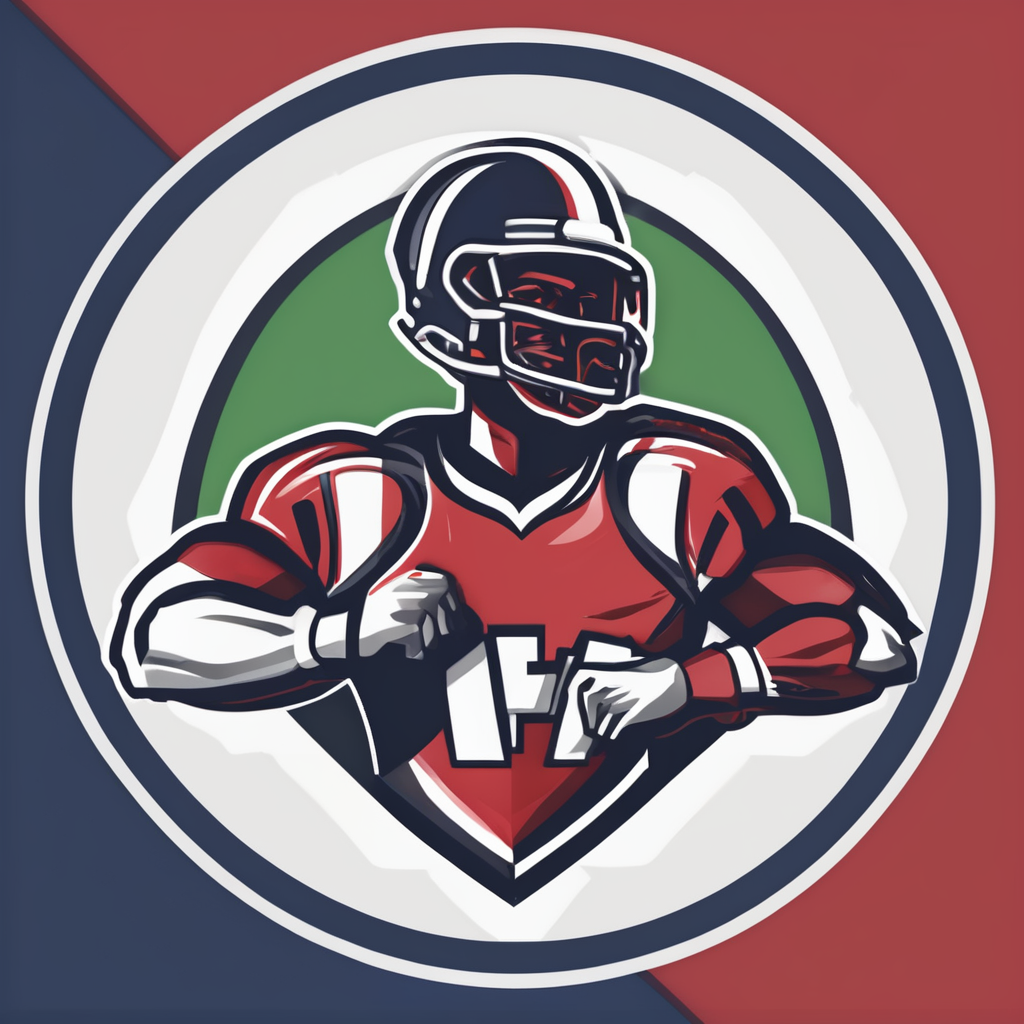Understanding Reflexes and Reaction Times in Soccer Goalkeeping
In soccer goalkeeping, reflexes and reaction times are pivotal to a goalkeeper’s performance. Both attributes contribute significantly to the ability to make critical saves. Reflexes are often considered involuntary actions your body performs in response to stimuli. In contrast, reaction times refer to the duration it takes to respond consciously to an external prompt.
The distinction between the two is crucial. Reflexes are automatic and do not require conscious thought; for example, a goalkeeper might dart their hand to fend off an unexpected ball purely instinctively. Meanwhile, reaction times reflect calculated decisions—say, deciding where to dive based on an opponent’s cues.
In the same genre : Unveiling the Enduring Benefits of Joining Competitive Sailing Events
Quick reflexes can be a game-changer, enabling goalkeepers to intercept shots effectively. This skill not only prevents goals but boosts confidence and enhances overall team morale. Goalkeeper performance often hinges on the interplay of these attributes, making their development essential. Training to improve both reflexes and reaction times should integrate sensory triggers, fast-paced drills, and split-second decision-making scenarios to maintain an edge in the ever-demanding environment of professional football.
Essential Goalkeeper Drills to Enhance Reflexes
In the realm of soccer goalkeeping, reflex enhancement is crucial. Focused goalkeeper drills play a transformative role in boosting these vital skills. By regularly engaging in targeted exercises, goalkeepers can significantly improve their reflexes, contributing to superior game performance.
Also to discover : Transformative Agility Drills to Elevate Soccer Players’ Performance
Drill 1: Reaction Ball Exercise
The Reaction Ball Exercise is particularly effective for honing reflexive responses. Set up by dropping a reaction ball, with its unpredictable bounces, at the goalkeeper’s feet. This drill sharpens reflexes by necessitating swift adjustments and reactions. Key benefits include improved agility and hand-eye coordination. For maximum effectiveness, focus on maintaining quick, precise movements and varying drop locations.
Drill 2: Fast-Hands Drill
The Fast-Hands Drill enhances hand-eye coordination, essential for intercepting rapid shots. Begin by throwing a ball repeatedly in varied directions for the goalkeeper to catch swiftly. This drill refines reflexes and builds confidence. Increasing the challenge can involve using two balls simultaneously or adding unexpected movements.
Drill 3: Goalkeeper Vision Training
Vision training elevates a goalkeeper’s spatial awareness. Exercises such as tracking moving objects or focusing on multiple points improve visual processing. Incorporating visualization techniques in these drills encourages mental readiness and focus, fostering comprehensive reflex enhancement.
Combining Drills into a Structured Training Routine
Developing a structured training routine is essential for enhancing a goalkeeper’s skills. Regular practice ensures consistent improvement, making the player agile and responsive on the field. Scheduling drills strategically allows for the most effective development of reflexes and reaction times, as different sessions can focus on specific skill sets.
To maximise the benefit of each session, integrate various drills such as those for reflex enhancement and vision training. A well-structured routine might alternate between high-intensity reaction drills and focus-based exercises. This variation helps maintain concentration and ensures each skill is honed evenly.
Adapting these drills to align with broader team training sessions can also enhance coordination with teammates. For instance, integrating team scenarios into individual drills breaks the monotony and introduces practical application, ensuring that reflexes and responses are fine-tuned for real match situations.
Consistency is crucial—aim to include these exercises in training at least thrice a week. A logical progression of drills not only improves goalkeeper skills but also fosters a disciplined training ethos, critical for overall performance enhancement.
Measuring Improvement in Reflexes and Reaction Times
Evaluating a goalkeeper’s ability to respond rapidly on the field is crucial. Measuring improvement involves not just observation but utilising technology for precise performance metrics. Modern tools and apps offer insights into reflex enhancement by allowing for detailed analysis of movements and response times.
Using Technology for Performance Analysis
Goalkeepers can leverage technology, such as wearable sensors and specialized apps, to monitor their reflexes. These tools capture data on reaction times, providing feedback that highlights areas for improvement. Detailed dashboards enable coaches to interpret this data efficiently, guiding training adjustments to foster better performance. Over time, tracking this information assists in visualising progress and identifying consistent improvements.
Incorporating Feedback from Coaches
Reflex enhancement also benefits from coach assessments. Constructive criticism helps set clear, actionable goals. Coaches can evaluate live performances and use technological data to tailor their feedback, streamlining improvement. This collaboration aligns efforts toward enhancing goalkeeper performance.
Self-Evaluation Techniques
Goalkeepers should engage in self-evaluation. This involves journaling performance, noting reflex and reaction achievements. Visualizing successful in-game scenarios fosters a positive mindset. Regular self-assessment ensures that personal development keeps pace with technological and coaching feedback.
